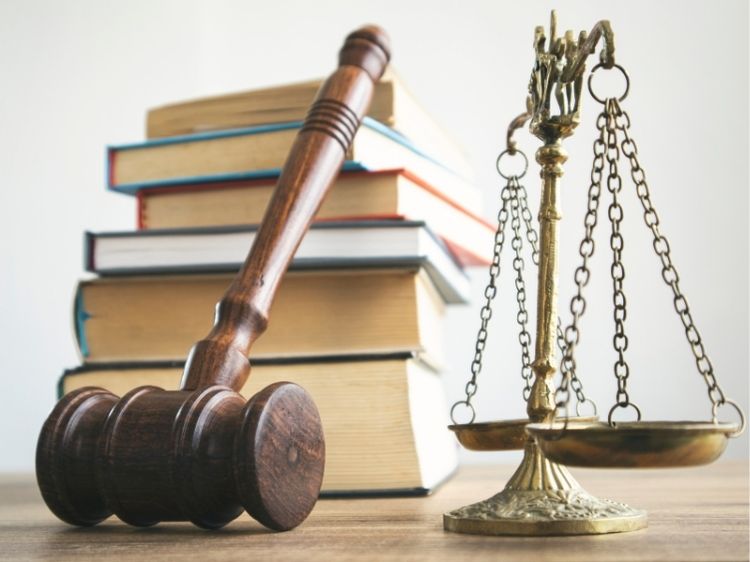Strict Liability vs Negligence: Understanding the Key Differences
When it comes to the legal world, understanding the nuances between strict liability and negligence can be a game-changer. These two terms are frequently encountered in the courtroom, but they’re not always easy to differentiate, especially if you’re not a legal expert. However, grasping the distinction between the two can significantly impact the outcome of a case, whether you’re involved in a lawsuit or just trying to understand your rights and responsibilities.
Imagine this: you’re walking down the street when suddenly, a dog bites you. Who’s responsible? The owner, obviously, but under what legal grounds? Should the owner be held liable simply because it’s their dog, or should it depend on whether they were negligent in controlling the animal? The answers lie within the legal concepts of strict liability and negligence. In this article, we’ll explore the differences between these two crucial legal principles, shedding light on how each applies in various scenarios.
What is Strict Liability?
Strict liability, as the name suggests, is a legal doctrine where the defendant is held liable for committing an action, regardless of intent or mental state. In simpler terms, the person at fault doesn’t have to be found negligent or intentionally harmful to be responsible for the damages. It’s about accountability without the need to prove wrongdoing in the traditional sense.
Examples of Strict Liability
- Product Liability: If a manufacturer releases a defective product that causes injury, they can be held strictly liable. The injured party doesn’t need to prove that the manufacturer was negligent in the production process.
- Abnormally Dangerous Activities: Activities like using explosives or keeping wild animals are considered inherently dangerous. If someone is harmed as a result, the person conducting the activity can be held strictly liable, even if they took every precaution.
What is Negligence?
On the other hand, negligence is all about failing to take proper care in doing something. To establish negligence, the plaintiff must prove that the defendant owed a duty of care, breached that duty, and caused damages as a direct result of that breach. Negligence revolves around the idea of what a reasonable person would do in a given situation.
Examples of Negligence
- Car Accidents: If a driver runs a red light and causes an accident, they’re typically considered negligent because they failed to follow traffic laws, which are designed to keep everyone safe.
- Medical Malpractice: When a healthcare provider fails to provide the standard of care that a reasonably competent provider would, resulting in harm to a patient, they can be found negligent.
Key Differences Between Strict Liability and Negligence
Now that we’ve covered the basics, let’s dive into the main differences between strict liability and negligence.
1. Intent and Fault
- Strict Liability: No need to prove intent or fault. The mere fact that the defendant’s action caused harm is enough for liability.
- Negligence: Requires proof that the defendant failed to act as a reasonable person would have under the circumstances, leading to the harm.
2. Types of Cases
- Strict Liability: Common in product liability, abnormally dangerous activities, and animal bites.
- Negligence: Predominantly seen in personal injury cases, including car accidents, slip and falls, and professional malpractice.
3. Defense Strategies
- Strict Liability: Defendants have limited defenses. They might argue that the plaintiff assumed the risk or misused the product, but these are often difficult to prove.
- Negligence: Defendants can argue that they acted reasonably, that the plaintiff was partially or wholly at fault, or that the damages weren’t directly caused by their actions.
Why Does This Matter?
Understanding the difference between strict liability and negligence is crucial for anyone involved in a legal dispute. It affects how cases are argued, what evidence is needed, and ultimately, the potential outcomes.
For instance, in a strict liability case, a defendant might be better off settling early because proving they weren’t at fault could be nearly impossible. On the flip side, in a negligence case, the defendant might choose to go to trial if they believe they can demonstrate that they acted reasonably.
FAQs about Strict Liability vs Negligence
Q1: Can a company be held strictly liable for a product defect even if they were unaware of the defect?
A1: Yes, in strict liability cases, the company can be held liable for the defect, regardless of their knowledge or intent.
Q2: What’s the standard of proof in negligence cases?
A2: The plaintiff must prove that it’s more likely than not that the defendant’s actions were negligent and directly caused the damages.
Q3: Are there any defenses available in strict liability cases?
A3: Yes, but they are limited. Defenses might include arguing that the plaintiff knowingly assumed the risk or misused the product.
Q4: How does strict liability benefit consumers?
A4: Strict liability protects consumers by holding manufacturers accountable for the safety of their products, regardless of the manufacturer’s intent or knowledge of the defect.
Q5: Can both strict liability and negligence apply in the same case?
A5: Yes, it’s possible for a case to involve both strict liability and negligence claims, depending on the circumstances.
Conclusion
In the battle of strict liability vs negligence, each has its own set of rules, applications, and implications. Understanding the difference is key whether you’re navigating the legal system or simply looking to protect your rights. While strict liability ensures accountability without the burden of proving intent or fault, negligence requires a closer look at the reasonableness of actions. Both doctrines play a critical role in ensuring that justice is served, albeit in different ways.
For further reading on this topic, consider exploring the following resources:

